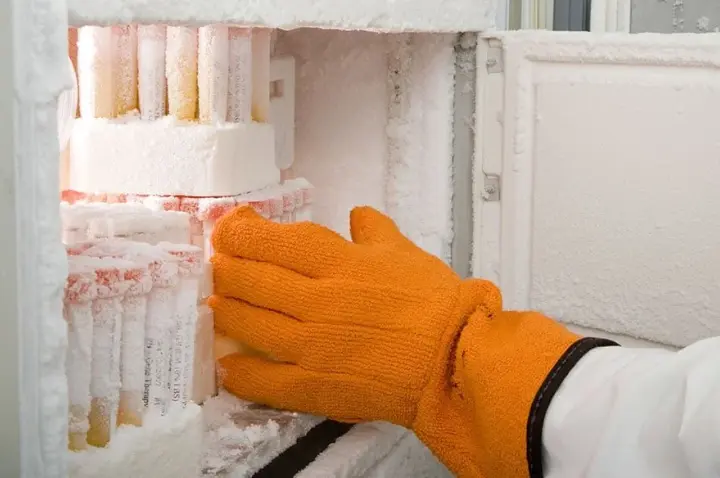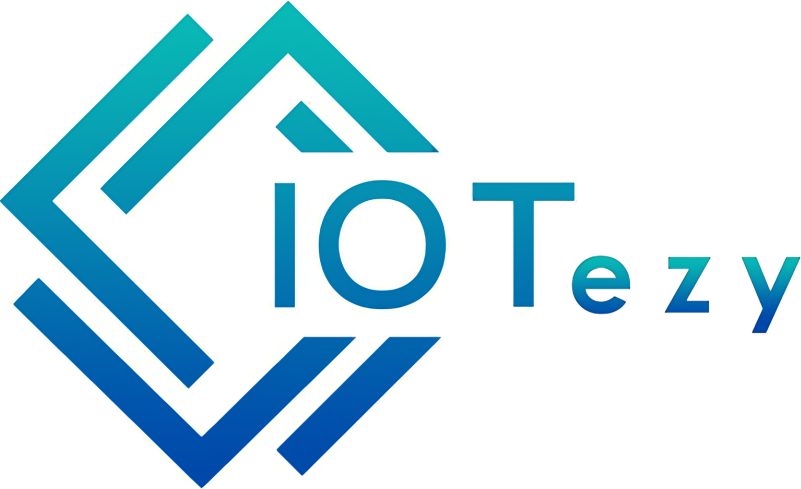How Smart Temperature Data Loggers Help You Pass Every Audit
In industries like food, pharmaceuticals, cold storage, and healthcare, temperature compliance isn’t a “nice to have” it’s a non-negotiable. One slip in your cold chain, and you’re looking at spoiled products, regulatory fines, or even revoked licenses.
But here’s the good news: a smart temperature data logger can do more than just track temperatures it can help you sail through audits with confidence.
Why Audits Fail Without Proper Temperature Logging
Many businesses fail audits for simple reasons:
- Missing temperature records
- Illegible or altered data
- Manual entry errors
- Inability to prove real-time monitoring
- Inconsistent logging intervals
And guess what auditors look for first? Reliable data.
How Smart Temperature Data Loggers Help You Stay Audit-Ready
Let’s break it down:
✅ 1. Automatic, Accurate, and Continuous Logging
No more relying on someone to remember to check the thermometer every hour. Smart loggers record data 24/7 — consistently and accurately.
📅 2. Easy Access to Historical Data
Need to pull last month’s temperature records in 2 minutes? Done. Most smart data loggers offer dashboards where you can filter, download, and share reports instantly.
📊 3. Audit-Ready Reports
Smart temperature data loggers generate reports in audit-friendly formats (CSV, PDF, etc.) with:
- Timestamps
- Device info
- Thresholds
- Event logs (like breaches)
Some even auto-email reports daily, so you’re always one step ahead.
🚨 4. Instant Alerts on Breaches
If temperatures go out of range, you’ll know before it’s a problem — not after the auditor asks. Alerts can be sent via SMS, email, or app notifications.
🔒 5. Tamper-Proof Records
Auditors want proof that your data hasn’t been edited or erased. Smart loggers use secure storage and often come with digital signatures that verify data integrity.
Real-Life Example
A food distributor using IOT-ezy’s smart temperature data logger avoided a costly recall when their cold room failed overnight. The system alerted the manager at 3 a.m., allowing a quick fix and saved thousands in product and reputation. The automatic report? Ready and waiting for their HACCP audit the next week.
✅ How Monitoring Helps:
Alerts help prevent violations before they happen
Automatic logging meets regulatory standards
Digital audit trails reduce manual errors
Don’t Wait for the Next Audit to Upgrade
Poor monitoring doesn’t just risk your inventory it costs you on your utility bill too.
Without real-time insights:
- Units may run colder than necessary
- Door seals and compressors may be working overtime
- You miss early signs of inefficient performance
Energy-efficient refrigeration depends on knowing how your equipment is behaving. Monitoring systems help you tune performance and spot inefficiencies before they become expensive problems.
4. Unplanned Downtime & Emergency Repairs
A single malfunctioning compressor can halt operations for hours or days — especially if it happens on a weekend or holiday.
With no proactive alerts or diagnostics, you’re always reacting too late.
🚨 What Monitoring Prevents:
Damaged brand reputation from missed deadlines
Emergency repair fees
Delayed production or order fulfillment
5. Labor and Operational Inefficiency
Manually checking and logging temperatures is:
- Time-consuming
- Error-prone
- Not scalable for multi-unit operations
Modern refrigeration monitoring systems automate all of this, freeing your staff to focus on high-value tasks. Plus, with centralized dashboards, you can monitor multiple locations from a single platform.
How to Avoid These Hidden Costs
✅ Invest in a Smart Refrigeration Monitoring System
Look for solutions that include:
- Real-time temperature tracking
- Remote access via mobile or desktop
- Automated alerts via SMS/email
- Cloud-based data storage for audits
- Energy usage analytics
✅ Set Alert Thresholds
Customize your temperature thresholds based on the product type. For example:
- Fresh produce: 32°F to 40°F
- Vaccines: 35°F to 46°F
✅ Train Your Team
Ensure your staff:
- Knows how to respond to alerts
- Understands the importance of refrigeration logs
- Follows SOPs for emergency situations
✅ Perform Routine Maintenance
Monitoring alerts are only useful if equipment is maintained. Use the data to identify failing components early and schedule preventative service.


